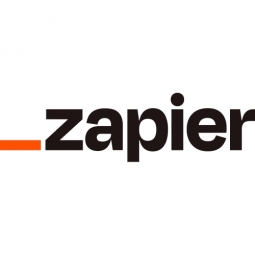Transforming Business Model with IoT: A Case Study of The Perk Coffee Shop
- Retail
- Telecommunications
- Procurement
- Sales & Marketing
- Leasing Finance Automation
- Retail Store Automation
- System Integration
The Perk, a local coffee shop in Winter Park, Colorado, faced a significant challenge when the state instructed restaurants to switch to pick-up orders only due to the COVID-19 pandemic. The Perk was not just a coffee shop but a gathering place for the community, offering a range of products from coffee beverages to whole beans and local Colorado craft beers. The sudden shift in the business model due to the pandemic restrictions posed a significant challenge to the coffee shop. They needed to quickly adapt to the new situation and find a way to continue serving their customers while adhering to the new regulations. The challenge was to set up an efficient online ordering system that would allow them to continue their operations and serve their customers without any physical interaction.
The Perk is a local coffee shop located in Winter Park, Colorado. It offers a range of products to its customers, including meticulously crafted coffee beverages, whole beans, and local Colorado craft beers. More than just a coffee shop, The Perk aims to be a gathering place for the community, providing a space for everyone. The Perk had to quickly adapt to the new business model when the state instructed restaurants to switch to pick-up orders only due to the COVID-19 pandemic. The Perk's customer base is primarily local residents who value the community space and the range of products offered by the coffee shop.
The Perk turned to automation to solve their problem. They had been using Zapier, an online automation tool, for two years and decided to leverage it to build an online ordering system. The co-owner of The Perk, Austin Gray, built several Zaps (automated workflows) that powered the online ordering process. The first Zap was triggered when a customer submitted an online form on the coffee shop's website. The order was then pushed into a Google Sheets spreadsheet as a new row. A second Zap was triggered, which sent a text message to the shop's phone to alert the staff of the new order. This system allowed the baristas to create beverages for customers without seeing them in-person. As the state regulations continued to evolve, The Perk decided to close down retail operations and started offering coffee bean subscriptions through Shopify. To support this workflow, Gray built a multi-step Zap that triggered whenever there was a new order in The Perk's Shopify store.
Related Case Studies.











